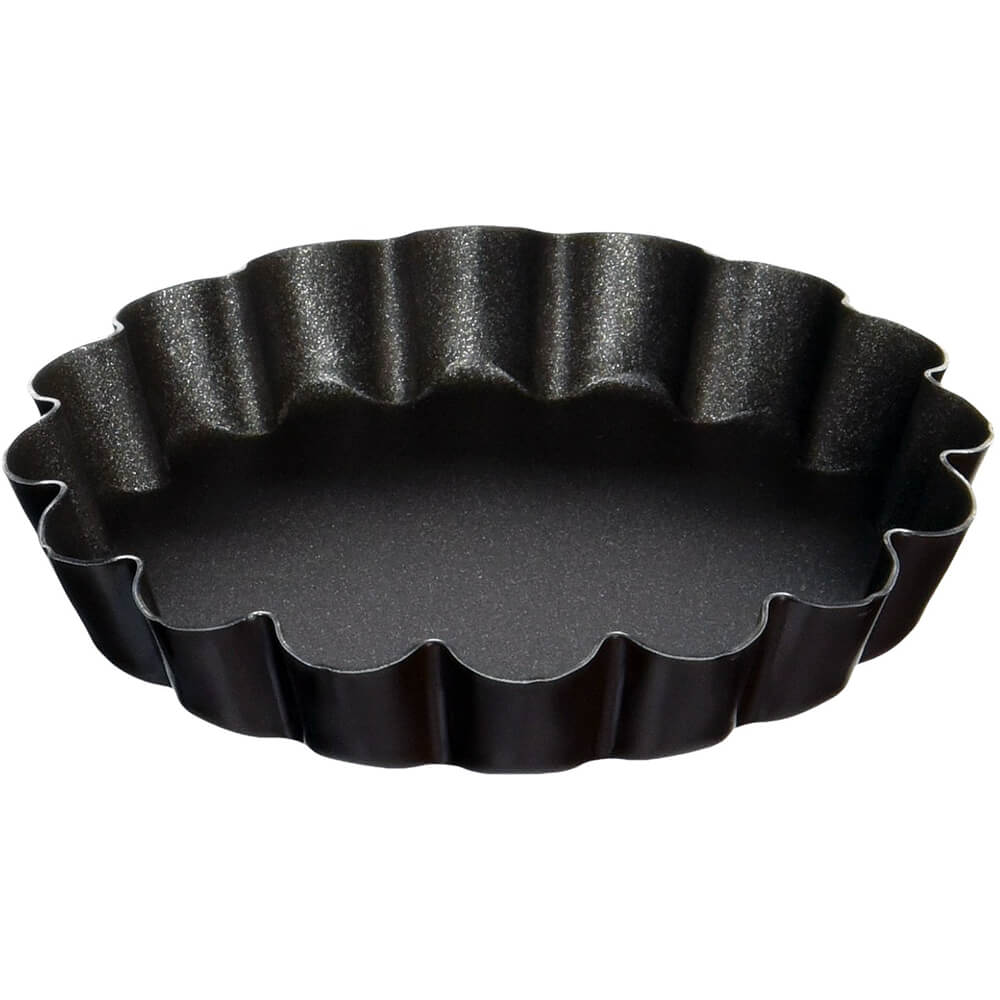

Seasoned pans are available, but such seasoning is often irregular and needs repeating at home anyway.Ĭarbon steel is very cost-effective compared to other types of cookware. It is essential to remove this coating before seasoning, otherwise, your seasoning simply won’t take.īeeswax and other coatings can be removed by scrubbing with steel wool and hot water. Manufacturers will normally use a beeswax or mineral coating to prevent the cookware from rusting on its journey from the forge to your kitchen. This can be a positive, however, as you can use a smaller burner ring and move food in and out of the center of the pan (where the heat is focused) according to need. One downside of this is that carbon steel doesn’t always conduct heat homogenously (because of its relative thinness to cast iron). Both pans can be moved from stove top to oven, however, and both are suitable for the grill, campfire, and broiler.Ĭarbon steel is often thinner and smoother than modern cast iron (but similar to vintage cast iron), so is more aesthetically pleasing to some cookware connoisseurs. Cast iron pans have vertical walls, making them better for pan pizzas, cornbread, frittatas, and for shallow frying, and so forth. Despite many years playing badminton, even my wrists struggle to flip a pancake in a cast iron pan.Ĭarbon steel pans also tend to have sloped sides, which makes them preferable for sautéing as it’s easier to flip food off a sloped edge.

A 12” cast iron pan might weigh over 7 pounds, while a similar-sized carbon steel pan weighs in at around 5 pounds. While cast iron and carbon steel are pretty similar, the relative lightness of carbon steel makes it easier to move around. You wouldn’t think this would make much of a difference, but it does. Put simply, carbon steel is like the lighter, less clunky cousin of cast iron and, oddly enough, contains more iron than cast iron! While cast iron is around 97-98 percent iron and 2-3 percent carbon, carbon steel is typically 99 percent iron and 1 percent carbon ( R).

To keep that surface dance-floor slick, just follow the instructions under the care tab on this page. Oh, and one more thing: These come pre-seasoned, so they’re ready to go after a quick wash with soap to remove the protective silicone coating it ships with. It’s also got a cast-iron handle that’s a treat to hold, and when it’s done whizzing through meal prep, it’s a snap to clean-just use hot water and a soft sponge. The real kicker though? It develops a natural nonstick patina over time.aka that already smooth coating will just get slicker and slicker with every use. The sleek metal surface heats quickly and evenly for no-fuss frying, searing, and sautéing, and it’s tough enough for even our metal utensils. We can’t wait to cook up a storm in these lightweight carbon steel skillets, and here’s why: Each pan comes from Dutch makers BK Cookware, who’ve been crafting classic, durable cookware since 1851 (so you could say they really bring the heat).


 0 kommentar(er)
0 kommentar(er)
